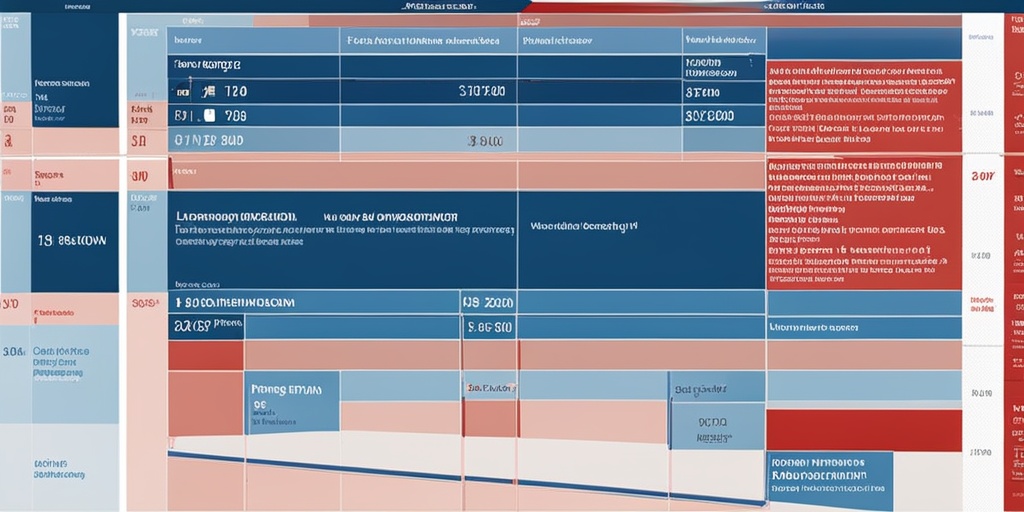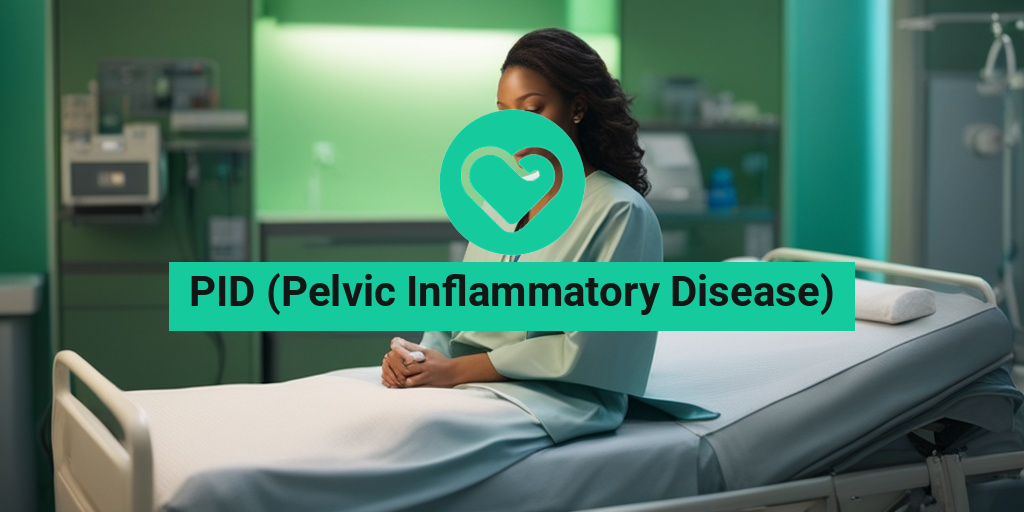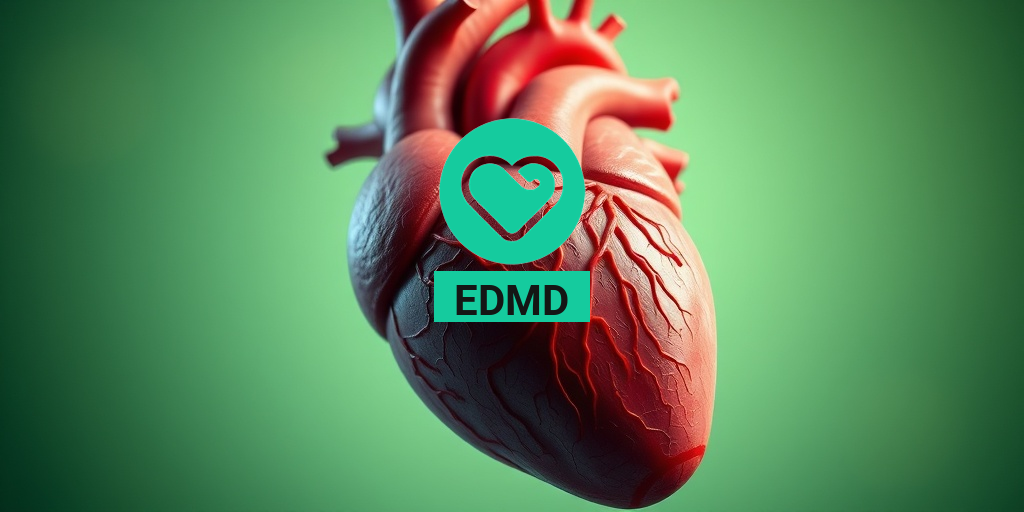What Is Pelvic Inflammatory Disease?
Pelvic Inflammatory Disease, commonly referred to as PID, is a serious and potentially life-threatening infection that affects the reproductive organs in women. It occurs when bacteria travel from the vagina to the uterus, fallopian tubes, and ovaries, causing inflammation and damage to these delicate tissues.
What Causes PID?
The primary cause of PID is a sexually transmitted infection (STI), such as chlamydia or gonorrhea. However, not all cases of PID are caused by STIs. Other factors that can contribute to the development of PID include:
- Bacterial vaginosis (BV)
- Vaginal yeast infections
- IUD (intrauterine device) insertion
- Pelvic surgery
- Douching
It’s essential to note that PID can occur even if you’re not sexually active. For instance, if you have a history of pelvic surgery or have had a recent IUD insertion, you may be at risk of developing PID.
How Common Is PID?
PID is a relatively common condition, affecting approximately 1 in 8 women in the United States. According to the Centers for Disease Control and Prevention (CDC), PID is a leading cause of infertility in women, with an estimated 100,000 cases reported annually.
PID Symptoms
The symptoms of PID can vary from woman to woman, and some may not experience any symptoms at all. However, if you’re experiencing any of the following, it’s crucial to seek medical attention:
Common PID Symptoms:
- Pelvic pain or tenderness, which can range from mild to severe
- Abnormal vaginal discharge, which may be yellow or green in color and have a foul odor
- Fever, which can be accompanied by chills
- Abnormal bleeding, including heavy or irregular periods
- Pain during sex
- Nausea and vomiting
- Frequent urination
If left untreated, PID can lead to serious complications, including infertility, ectopic pregnancy, and chronic pelvic pain. It’s essential to seek medical attention if you’re experiencing any of these symptoms or if you’ve been diagnosed with an STI.
Remember, if you’re concerned about your reproductive health or have questions about PID, it’s always best to consult with a healthcare professional. You can also visit Yesil Health AI for evidence-based health answers and resources. 🏥
Stay tuned for the next part of this article, where we’ll discuss PID diagnosis, treatment, and prevention strategies! 💡

PID Causes and Risk Factors
Pelvic Inflammatory Disease (PID) is a serious and potentially life-threatening infection that affects the reproductive organs in women. While it’s often associated with sexually transmitted infections (STIs), PID can also occur due to other factors. In this section, we’ll delve into the common causes and risk factors of PID.
Sexually Transmitted Infections (STIs)
Chlamydia and gonorrhea are the most common STIs that can lead to PID. These bacterial infections can spread from the vagina to the uterus, fallopian tubes, and ovaries, causing inflammation and damage. If left untreated, these infections can increase the risk of PID.
Other Bacterial Infections
Bacterial vaginosis, a common vaginal infection, can also increase the risk of PID. Additionally, bacterial infections from other sources, such as a ruptured appendix or a pelvic abscess, can spread to the reproductive organs and cause PID.
Risk Factors
While anyone can develop PID, certain factors can increase the risk:
- Age: Women under 25 years old are more likely to develop PID due to their higher risk of STIs.
- Multiple sexual partners: Having multiple sexual partners increases the risk of STIs, which can lead to PID.
- Unprotected sex: Not using condoms or other forms of contraception can increase the risk of STIs and PID.
- Previous PID or STI: Women who have had PID or an STI in the past are more likely to develop PID again.
- IUD use: Women who use intrauterine devices (IUDs) may be at a higher risk of PID, especially if they have a history of STIs.
- Poor hygiene: Not practicing good hygiene, such as wiping from front to back and washing hands regularly, can increase the risk of bacterial infections.
It’s essential to understand that PID can occur even if you’re in a monogamous relationship or have no symptoms of an STI. Regular check-ups and screenings can help detect any underlying infections and reduce the risk of PID.
PID Diagnosis
Diagnosing PID can be challenging, as the symptoms can be similar to those of other conditions. However, early diagnosis and treatment are crucial to prevent long-term complications and infertility.
Medical History and Physical Exam
Your healthcare provider will start by taking a thorough medical history, including your sexual history and any symptoms you’re experiencing. A physical exam will also be performed to check for signs of pelvic pain, tenderness, or abnormal vaginal discharge.
Laboratory Tests
Several laboratory tests may be ordered to confirm the diagnosis of PID:
- Pelvic ultrasound: This imaging test can help identify any abnormalities in the reproductive organs, such as fluid accumulation or abscesses.
- Endometrial biopsy: A sample of tissue from the lining of the uterus may be taken to check for signs of inflammation or infection.
- Cultures and PCR tests: These tests can detect the presence of bacteria, such as chlamydia or gonorrhea, in the cervix or vagina.
- Complete Blood Count (CBC):strong> This test can help identify signs of infection, such as an elevated white blood cell count.
In some cases, your healthcare provider may perform a laparoscopy, a minimally invasive surgical procedure, to visually examine the reproductive organs and confirm the diagnosis of PID.
Early diagnosis and treatment of PID are crucial to prevent long-term complications, such as infertility, ectopic pregnancy, and chronic pelvic pain. If you’re experiencing any symptoms of PID, don’t hesitate to consult your healthcare provider. 🚨

PID Treatment Options
If you’ve been diagnosed with Pelvic Inflammatory Disease (PID), it’s essential to start treatment promptly to prevent long-term complications and infertility. The goal of treatment is to eliminate the underlying infection, relieve symptoms, and prevent further damage to your reproductive organs.
Antibiotics: The First Line of Defense
In most cases, PID treatment involves a combination of antibiotics to combat the bacterial infection. Your healthcare provider may prescribe a broad-spectrum antibiotic that targets multiple types of bacteria, such as:
- Ceftriaxone (Rocephin) or cefotaxime (Claforan) to treat gonorrhea and chlamydia
- Doxycycline (Vibramycin) or azithromycin (Zithromax) to treat chlamydia and other bacteria
- Metronidazole (Flagyl) to treat bacterial vaginosis and other anaerobic infections
It’s crucial to complete the full course of antibiotics, even if your symptoms improve before finishing the medication. This will ensure that the infection is fully cleared and reduce the risk of recurrence.
Pain Management and Supportive Care
In addition to antibiotics, your healthcare provider may recommend:
- Pain relief medications, such as ibuprofen (Advil, Motrin) or acetaminophen (Tylenol), to alleviate pelvic pain and discomfort
- Bed rest and avoiding strenuous activities to help your body recover
- Plenty of fluids and a healthy diet to support your immune system
In severe cases of PID, hospitalization may be necessary to provide intravenous antibiotics and close monitoring.
PID Complications
If left untreated or undertreated, PID can lead to serious complications that can impact your reproductive health and overall well-being. Some potential complications include:
Infertility and Ectopic Pregnancy
PID can cause scarring and damage to the fallopian tubes, which can increase the risk of:
- Infertility: PID can make it difficult to conceive or maintain a pregnancy
- Ectopic pregnancy: PID can increase the risk of an ectopic pregnancy, where the fertilized egg implants outside the uterus
It’s essential to seek prompt medical attention if you experience any symptoms of PID to reduce the risk of these complications.
Chronic Pelvic Pain and Adhesions
PID can cause chronic pelvic pain and adhesions, which can lead to:
- Intestinal obstruction: Adhesions can cause the intestines to become blocked, leading to severe abdominal pain and vomiting
- Chronic pelvic pain: PID can cause ongoing pelvic pain, which can impact your daily life and relationships
Early treatment can help reduce the risk of these complications and improve your overall quality of life.
Tubal Abscesses and Peritonitis
In rare cases, PID can lead to:
- Tubal abscesses: A pocket of pus can form in the fallopian tubes, which can rupture and cause peritonitis
- Peritonitis: Inflammation of the lining of the abdominal cavity, which can be life-threatening if left untreated
If you experience severe abdominal pain, vomiting, or fever, seek immediate medical attention. 🚨
Remember, prompt treatment is key to preventing PID complications. If you suspect you have PID or are experiencing symptoms, don’t hesitate to reach out to your healthcare provider. 💊

PID and Infertility
Pelvic Inflammatory Disease (PID) is a serious health concern that affects millions of women worldwide. While it’s often associated with symptoms like pelvic pain, abnormal bleeding, and vaginal discharge, PID can also have a significant impact on a woman’s fertility. In this section, we’ll explore the connection between PID and infertility, and what it means for women who are trying to conceive.
The Link Between PID and Infertility
Research suggests that women who have had PID are more likely to experience infertility. In fact, up to 20% of women with PID may struggle with infertility. This is because PID can cause scarring and damage to the reproductive organs, including the fallopian tubes, ovaries, and uterus. This scarring can block the fallopian tubes, making it difficult for sperm to reach the egg, and increasing the risk of ectopic pregnancy.
In addition, PID can also lead to chronic inflammation, which can affect the quality of the eggs and the overall health of the reproductive system. This can make it more challenging to conceive, even with assisted reproductive technologies like IVF.
How PID Affects Fertility
PID can affect fertility in several ways:
- Tubal damage: PID can cause scarring and blockage of the fallopian tubes, making it difficult for sperm to reach the egg.
- Ovarian damage: PID can lead to ovarian damage, affecting the quality and quantity of eggs.
- Chronic inflammation: PID can cause chronic inflammation, which can affect the overall health of the reproductive system and make it harder to conceive.
- Hormonal imbalance: PID can disrupt hormonal balance, leading to irregular menstrual cycles and ovulation problems.
It’s essential for women who have had PID to seek medical attention and discuss their fertility options with their healthcare provider. With proper treatment and care, many women can still conceive and have a healthy pregnancy.
PID Prevention and Safe Sex Practices
Pelvic Inflammatory Disease (PID) is often preventable with safe sex practices and regular health check-ups. In this section, we’ll explore the importance of safe sex practices and how they can help prevent PID.
Safe Sex Practices to Prevent PID
The best way to prevent PID is to practice safe sex. This includes:
- Using condoms: Condoms can help prevent the transmission of STIs, which are a leading cause of PID.
- Getting regular STI testing: Regular STI testing can help identify infections early, reducing the risk of PID.
- Practicing monogamy: Having a single sexual partner can reduce the risk of STI transmission and PID.
- Avoiding douching: Douching can push bacteria further into the reproductive system, increasing the risk of PID.
In addition to safe sex practices, it’s essential to maintain good reproductive health by:
- Practicing good hygiene: Keeping the genital area clean and dry can help prevent bacterial growth and infection.
- Wearing breathable clothing: Wearing loose, breathable clothing can help keep the genital area cool and dry, reducing the risk of infection.
- Getting regular health check-ups: Regular health check-ups can help identify any underlying health issues and prevent PID.
By following these safe sex practices and maintaining good reproductive health, women can significantly reduce their risk of developing PID and its associated complications, including infertility. 💕

Frequently Asked Questions about PID (Pelvic Inflammatory Disease)
What is PID (Pelvic Inflammatory Disease)?
PID is an infection of the female reproductive organs, including the uterus, fallopian tubes, and ovaries. It is usually caused by a bacterial infection, often as a result of a sexually transmitted infection (STI).
What are the symptoms of PID?
The symptoms of PID can vary from person to person, but common symptoms include:
- Lower abdominal pain or tenderness
- Fever
- Abnormal vaginal discharge
- Painful urination
- Heavy bleeding or irregular periods
- Pain during sex
What are the causes and risk factors of PID?
PID is often caused by STIs such as chlamydia and gonorrhea. Other risk factors include:
- Having multiple sexual partners
- Not using condoms or other forms of contraception
- Having a history of STIs
- Using an intrauterine device (IUD) for contraception
How is PID diagnosed?
PID can be diagnosed through a combination of:
- Medical history and physical examination
- Laboratory tests, such as a pelvic exam and STI testing
- Imaging tests, such as ultrasound or laparoscopy
How is PID treated?
Treatment for PID usually involves antibiotics to clear the infection. In severe cases, hospitalization may be necessary. It’s essential to complete the full course of antibiotics to ensure the infection is fully cleared.
Can PID affect fertility?
Yes, PID can affect fertility if left untreated or if the infection causes scarring to the reproductive organs. This can lead to infertility or increase the risk of ectopic pregnancy.
How can PID be prevented?
PID can be prevented by:
- Practicing safe sex, such as using condoms
- Getting regular STI testing
- Avoiding douching, which can push bacteria into the reproductive organs
What is the difference between PID and other reproductive infections?
PID is often confused with other reproductive infections, such as endometritis or salpingitis. While these infections share similar symptoms, they affect different parts of the reproductive system. It’s essential to consult a healthcare provider for an accurate diagnosis and treatment plan.
Can I get PID again after treatment?
Yes, it’s possible to get PID again after treatment, especially if you don’t practice safe sex or if your sexual partner has an STI. It’s essential to continue practicing safe sex and getting regular STI testing to reduce the risk of reinfection.
Where can I get more information about PID?
For more information about PID, you can consult your healthcare provider or visit reputable health organizations, such as the Centers for Disease Control and Prevention (CDC) or the American College of Obstetricians and Gynecologists (ACOG).




